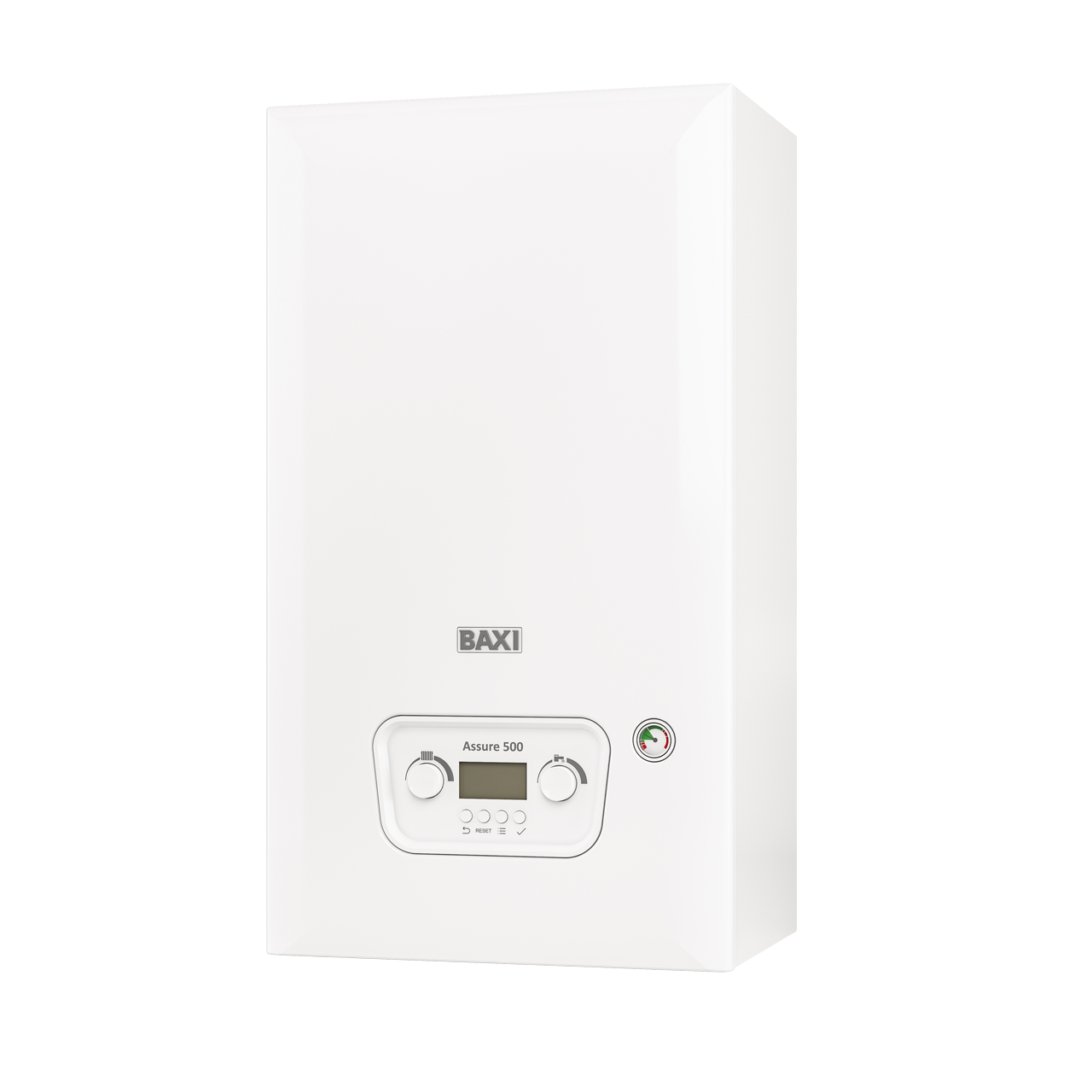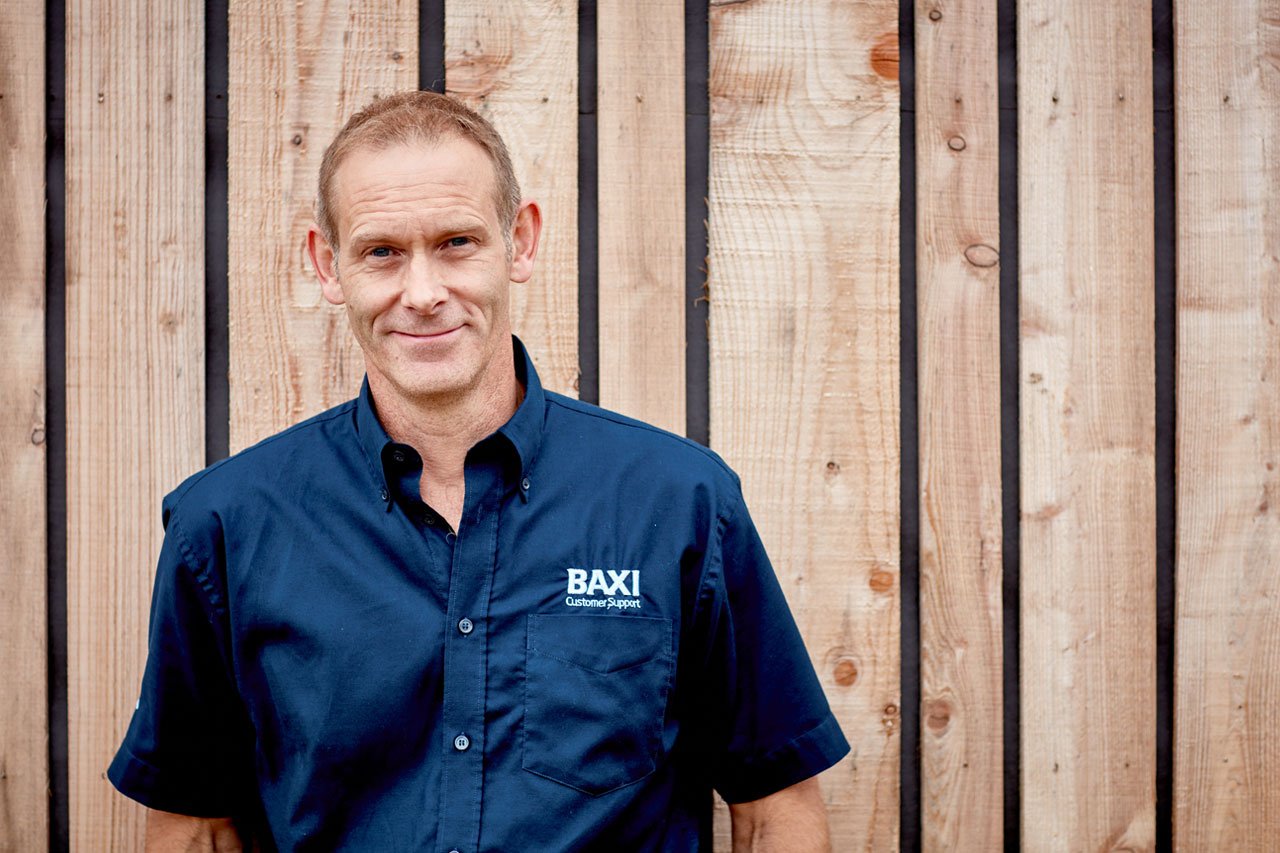Featured Blog

The Top Four Routes to Optimum Boiler Efficiency
Are you an installer looking to maximise every kW of energy from your customers’ boilers to help them to lower their bills? Look no further, this one’s for you
26/03/2025
Our Blogs
Baxi Works
A simpler and more rewarding experience for installers, all in one place.
Contact your Baxi Assure Representative
Our Baxi Assure Sales Team is on hand to help you with all your Residential Specification hot water and heating requirements.




